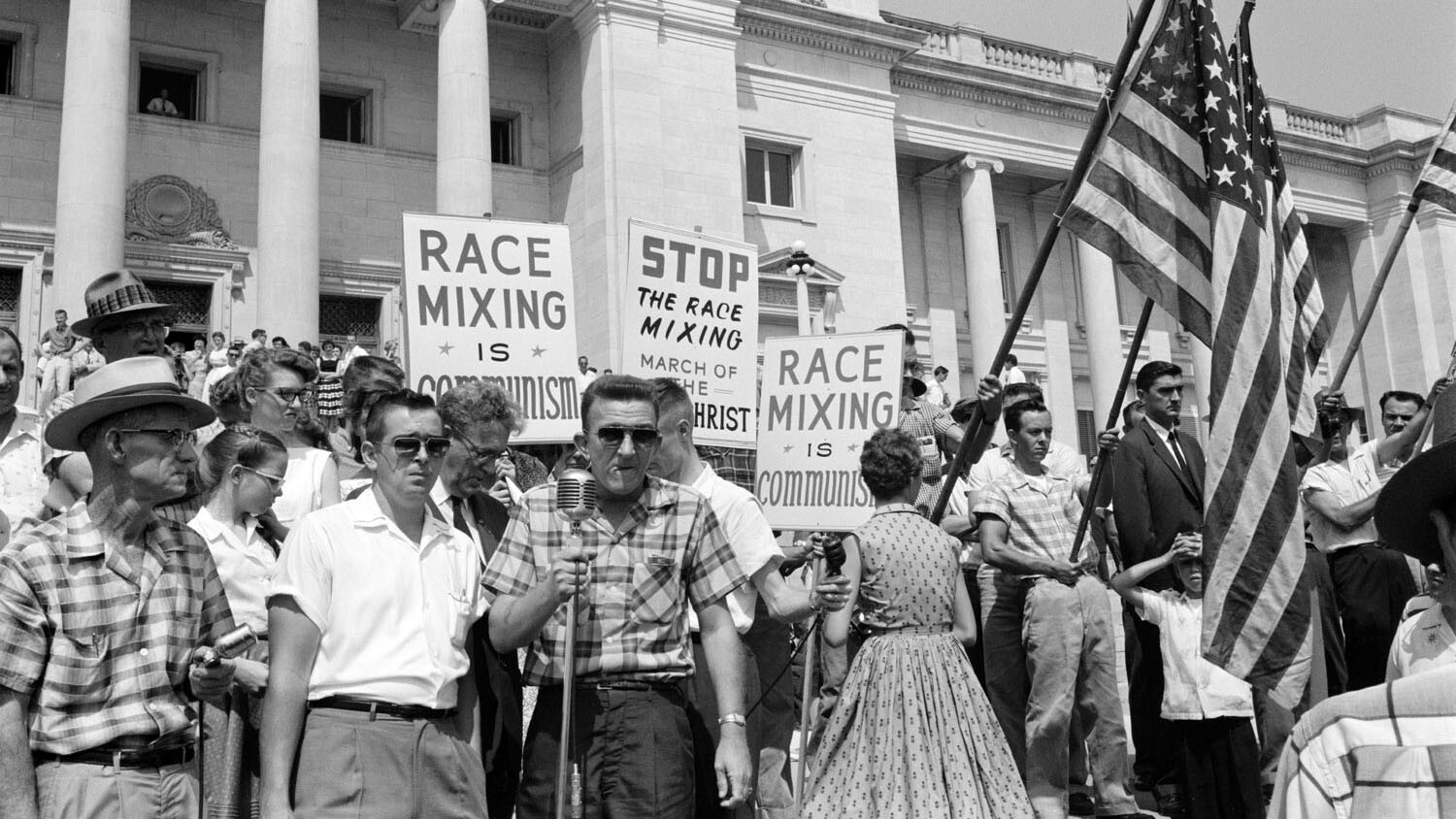Breaking the Chains of Segregation: The Long Road to Integrated Education in America
Brown v. Board of Education (1954)
The 1954 court case Brown v. Board of Education was a landmark U.S. Supreme Court case that played a pivotal role in eliminating racial segregation in public schools. The case was a consolidation of several lawsuits from different states. Thirteen plaintiffs were involved in this case, with Oliver Brown taking the lead. Brown’s motive for solving racial injustice was after his 8-year-old daughter, Linda, was denied admission to an all-white elementary school in Topeka, Kansas.
The Supreme Court ruling led by Chief Justice Earl Warren declared that states could no longer uphold racially segregated public schools. This case marked the end of the "separate but equal" doctrine established in 1896 by Plessy v. Ferguson. The prior rule allowed states to maintain separate but ostensibly equal facilities, a standard rarely met. Brown concluded that such segregation violated the Equal Protection Clause of the 14th Amendment to the U.S. Constitution. Although centered on public schools, the decision ultimately paved the way for the desegregation of all federal and state public facilities.
Brown II (1955)
The decision of Brown V. Board of Education in 1954 led to a follow-up conclusion by the U.S. Supreme Court in 1955 called Brown II. While Brown v. Board of Education declared racial segregation in public schools unconstitutional, Brown II aimed to provide guidance on how to implement desegregation.
For this case, the Supreme Court ruled that the desegregation process should proceed with "all deliberate speed”, a phrase that satisfied neither supporters nor opponents of integration. Inadvertently, this language paved the way to implement diverse strategies in an attempt to resist the decision.
Despite the well-intentioned language, the vagueness of this decision became a point of disagreement, as it allowed for delays and slow progress in some areas. Many Southern states, for example, resisted immediate desegregation, leading to prolonged legal battles and, in some instances, the defiance of court orders.
Little Rock Central High School (1957)
In 1957, nine African American students (the "Little Rock Nine") tried to enroll in the previously all-white Little Rock Central High School in Arkansas. Their attempt was met with intense opposition from both the community and state authorities. Governor Orval Faubus even deployed the National Guard to prevent the students from entering the school.
In response to this matter, President Dwight D. Eisenhower intervened by federalizing the National Guard and ordering troops from the 101st Airborne Division to escort the students into the school, emphasizing the federal government's commitment to enforcing desegregation and protecting the rights of African-American students.


